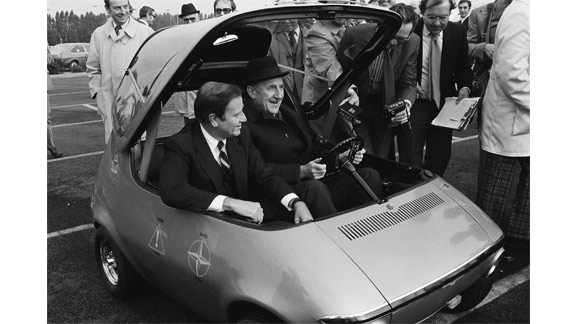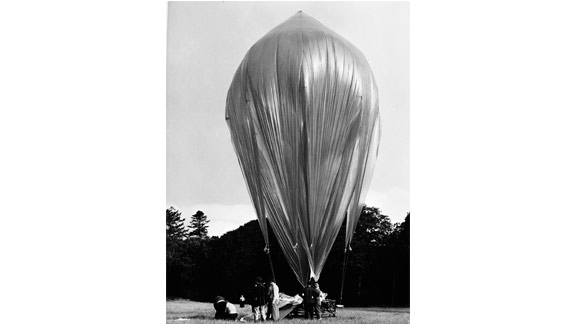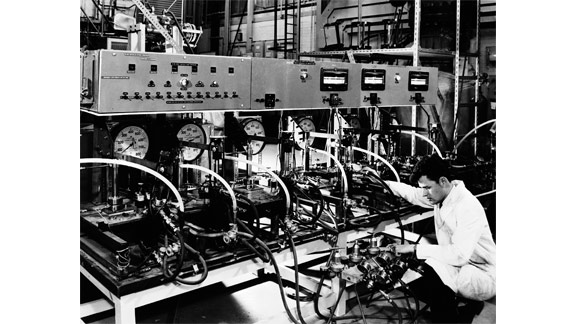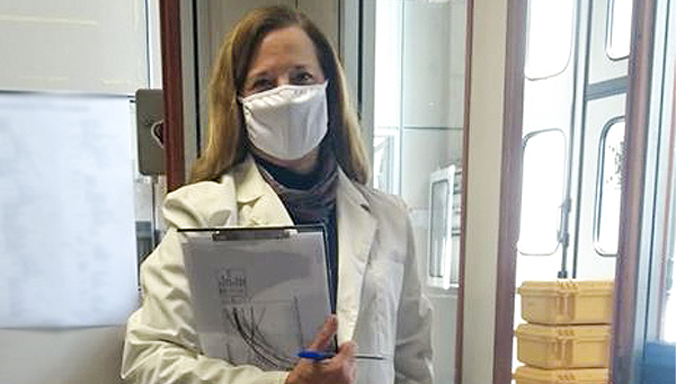Also available in: French
NATO works with international networks of scientists and researchers from Allied and partner countries. Their research includes both security-related civil science projects and defence innovation projects to develop long-term capabilities. NATO supports these scientists by providing grant funding; creating channels that allow scientists to share and receive expert advice; and organising tailor-made activities that enhance practical cooperation on security-related science.
Watch the science series
From stratospheric balloons to fast-healing bandages, NATO scientists are working on new technologies every day that make us safer and more secure. Watch the videos below to learn more about NATO science!
Which NATO-affiliated Nobel laureate are you?
Take the quiz to find out!
More than 20 scientists involved in NATO science projects have won Nobel Prizes. From French liquid crystals physicist Pierre-Gilles de Gennes to Egyptian-American "father of femtochemistry" Ahmed Zewail, these scientists have made major contributions in many research areas.
Answer the 10 questions below to learn which NATO-affiliated Nobel laureate you are most like.
Dive deeper into NATO science
Can't get enough NATO science? Visit the pages below to discover more!
- NATO Science for Peace and Security Programme
- NATO Science and Technology Organization
- NATO & Science on YouTube – explore other science-related videos!
- NATO on the Map – discover other NATO SPS projects in your country!
- NATO Science news – read the latest science-related updates!
- NATO Centre for Maritime Research & Experimentation
























